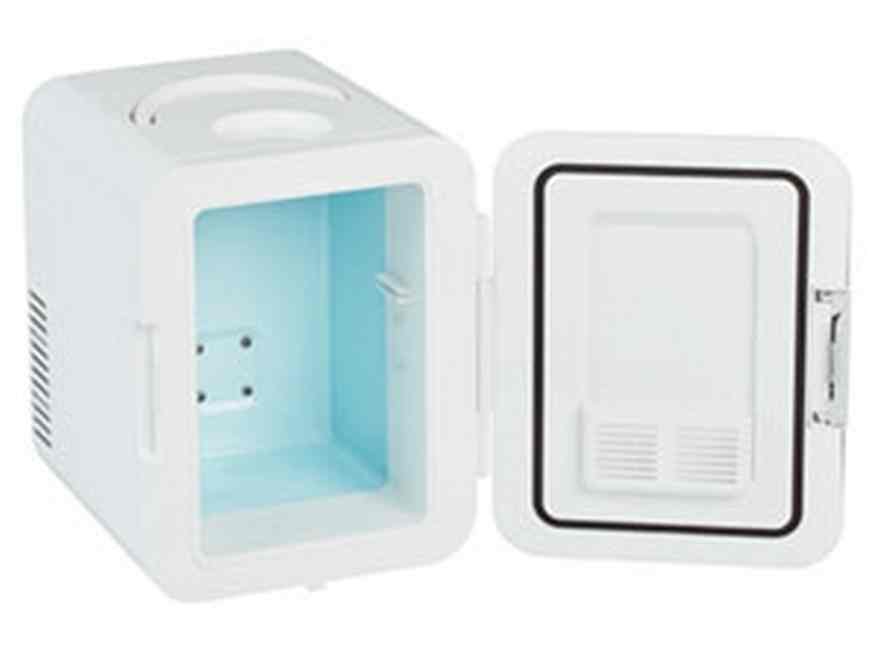Mastering the Art of Negotiation: Secure Lower Prices and Bonus Items from Sellers
In a world saturated with options and competing offers, the ability to negotiate effectively has evolved into an invaluable skill. Whether you find yourself haggling at a local market, negotiating a car price, or discussing terms for a contract, the art of negotiation can significantly impact your financial landscape and overall satisfaction with a purchase. This article delves into the essential principles of negotiation that can empower you to engage sellers with confidence, secure lower prices, and even obtain bonus items that enhance the value of your purchases. We’ll explore practical strategies, psychological insights, and real-world examples to help you navigate the delicate dance of give-and-take. Join us as we uncover the techniques that transform a simple transaction into a win-win experience, ensuring you walk away with more than just a product—armed with the knowledge that you’ve truly mastered the art of negotiation.
Understanding the Psychology of Negotiation to Leverage Better Deals
To effectively navigate the terrain of negotiation, it is essential to grasp the underlying psychology that influences both parties involved. Understanding the motivations, interests, and emotional triggers of your counterpart can significantly enhance your ability to secure better terms. Sellers often have their own set of objectives and pressures, which means that tapping into their psychology can create openings for advantageous agreements. Consider the following psychological factors:
- Anchoring: The initial price presented can set the psychological tone for the negotiation.
- Reciprocity: When you offer something, sellers may feel compelled to concede in return.
- Loss Aversion: Highlighting what a seller might lose by not making a deal can motivate them to agree.
- Framing: Presenting your request in a positive light can make it more appealing.
Establishing rapport and demonstrating empathy towards the seller can also lead to a more conducive negotiation environment. By thoughtfully acknowledging their perspective and needs, you might find opportunities to negotiate additional perks, like discounts or bonus items. Make sure to also keep track of your objectives versus the offers on the table, which can be neatly organized in a simple overview:
| Your Objective | Seller’s Offer | Negotiation Strategy |
|---|---|---|
| Lower Price | $500 | Highlight competitors’ lower prices. |
| Bonus Item | None | Propose a trade-off for additional service. |
| Flexible Payment Terms | Standard Terms | Suggest staggered payments based on delivery milestones. |
Strategies for Effective Communication that Foster Mutual Agreement
Effective communication is the backbone of any successful negotiation. To pave the way for mutual agreement, it’s essential to cultivate an atmosphere of trust and openness. Start by practicing active listening; ensure that you’re fully attentive to the seller’s concerns and needs. This not only shows respect but encourages a more collaborative dialogue. Additionally, using **open-ended questions** can help uncover the underlying motivations of both parties. Here are a few techniques to enhance your communication:
- Use “I” Statements: Frame your input to reflect your perspective, which can prevent the seller from feeling attacked.
- Reflective Listening: Paraphrase what the seller has said to demonstrate understanding and verify that you’re on the same page.
- Maintain a Positive Tone: Keep the conversation light and encouraging to foster goodwill.
Alongside these communication strategies, establishing a clear set of goals for the negotiation will help both parties align on their expectations. Consider creating a simple table that outlines what you aim to achieve compared to what the seller is proposing. This transparency can streamline discussions and eliminate misunderstandings.
| Your Goal | Seller’s Proposal |
|---|---|
| Lower price on product | Original listed price |
| Free shipping | Standard shipping rates |
| Bonus items included | No extras offered |
By visually mapping out your objectives against the seller’s offers, you can better navigate the conversation toward a solution that honors both parties’ needs. The key is to remain adaptable, be willing to compromise, and continually check in with the seller to ensure that both sides feel heard and valued throughout the process.
Tactics for Securing Bonuses and Additional Value in Every Transaction
To enhance your negotiating prowess, consider adopting a layered approach that focuses on creating value beyond just the price tag. Engage with sellers by establishing a rapport and exploring their motivations. Utilize active listening to uncover their flexibility and willingness to accommodate additional requests. For instance, you might suggest a bundled deal or inquire about promotional items that can be included with your purchase. This not only demonstrates your interest in a mutually beneficial outcome but opens doors to securing bonuses such as:
- Free shipping on large orders
- Extended warranties on products
- Discounts on future purchases
- Exclusive access to new stock or sales
Additionally, research and preparation can greatly influence the success of your negotiations. By understanding market trends and competitor pricing, you can present a compelling case for your requests. Consider creating a comparison table to highlight the potential benefits, showcasing how your proposal surpasses typical offers. Here’s a simple example:
| Offer Type | Standard Deal | Your Negotiated Offer |
|---|---|---|
| Base Price | $100 | $90 |
| Bonus Item | None | Accessory Kit |
| Shipping Cost | $10 | Free |
This strategic presentation not only highlights the advantages of your offer but also instills confidence in the seller regarding the value of engaging with you. Keep in mind that successful negotiation is a balance of give-and-take, where both parties feel they walk away satisfied and valued.
Final Thoughts
mastering the art of negotiation is not merely about haggling over prices; it’s about cultivating a mindset that sees value in both parties’ perspectives. By employing the strategies and techniques outlined in this article, you elevate your ability to engage sellers with confidence, empathy, and measured assertiveness. Remember, successful negotiation is a dance—one that requires rhythm, patience, and an understanding that each step can lead to a more favorable outcome. As you continue your journey into this realm, carry with you the knowledge that every negotiation is an opportunity to forge stronger relationships and secure deals that truly reflect mutual benefit. So, the next time you find yourself at the bargaining table, embrace your newfound skills and watch as the possibilities unfold, revealing not just the best prices, but also those additional bonuses that can add significant value to your purchase. Happy negotiating!



















